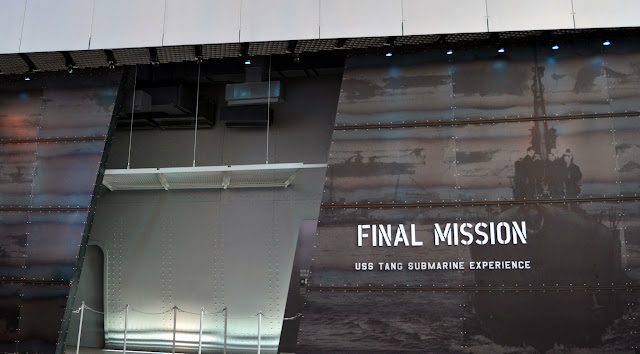The month of May has been an excessively rainy one for Colorado this year. It rained almost every day, and the high Rockies had snow showers all month long. It is the result of an El Nino weather pattern from the Pacific Ocean and is supposed to last most of the summer. (All photos, and photo collages, in this post, will enlarge for easier viewing if clicked on)
The good news is that the four years plus drought that Colorado experienced recently is over, the fire risk is low, and the rain has revitalized the forests and the grasses on the plains that had been affected by the drought, and has filled the reservoirs.
The bad news is the increased risk of flooding if this weather continues longer. As you can see in the photo above, the Chatfield Reservoir is flooded, six to eight feet over its normal level.
The Chatfield Reservoir and dam sits inside Chatfield State Park--a beautiful expanse of open land surrounded by the foothills. There are many miles of hiking and bike trails, a boating marina, fishing, horseback riding, camping, and much wildlife within the park. The reservoir and dam were built by the Army Corps of Engineers, as a response to a disastrous flood that occurred in 1965, and they own and operate it. In addition to flood control, it serves as one of the water supply sources for the city of Denver. Construction of the project was begun in 1967 and completed in 1975.
The dam measure approximately 13,136 feet in length, with a maximum height of 147 feet.
Although it is sad to see many of the park's amenities flooded, as you can see in the photo collage above, I am glad that the reservoir and dam were built so that the combination of excessive rain and snowmelt is not causing the South Platte River to flood. Although the river is running high, so far everything is well controlled. It is sad to see the same storm system has brought so much flooding and loss of life in the state of Texas and Oklahoma, and the state of California which is suffering a severe drought is not getting any of this rainfall. My house sump pumps have been working overtime, and I heard a couple neighbors, who did not have a sump pump, got some water in their basements. When it rains heavily for hours, flash floods can happen quickly!
Even with the bad weather, there is still beauty to be seen. We spotted a couple of pelicans asleep on a log in the Chatfield Reservoir lake. They enjoy catching the large and small wide-mouth bass, crappies, lake trout, and walleye fish that live in the lake. Over 200 species of birds live or migrate through Chatfield, which makes it a favorite destination for bird watchers.
In my neighborhood, around 7 miles away from the Chatfield Reservoir, we are seeing the creeks and gulches flowing heavily with water from all the rain and mountain snowmelt. Everything in our valley is so beautifully green from all the moisture. New life is abundant in Spring, and along a trail I spotted a deer, lying under a lilac tree, who was about to give birth!
One thing for sure, a month of rain makes one yearn for and anticipate seeing blue skies and the shining sun to appear again! I will appreciate the beautiful weather of summer even more than ever this year.
How has the weather been in your area this Spring?














































































